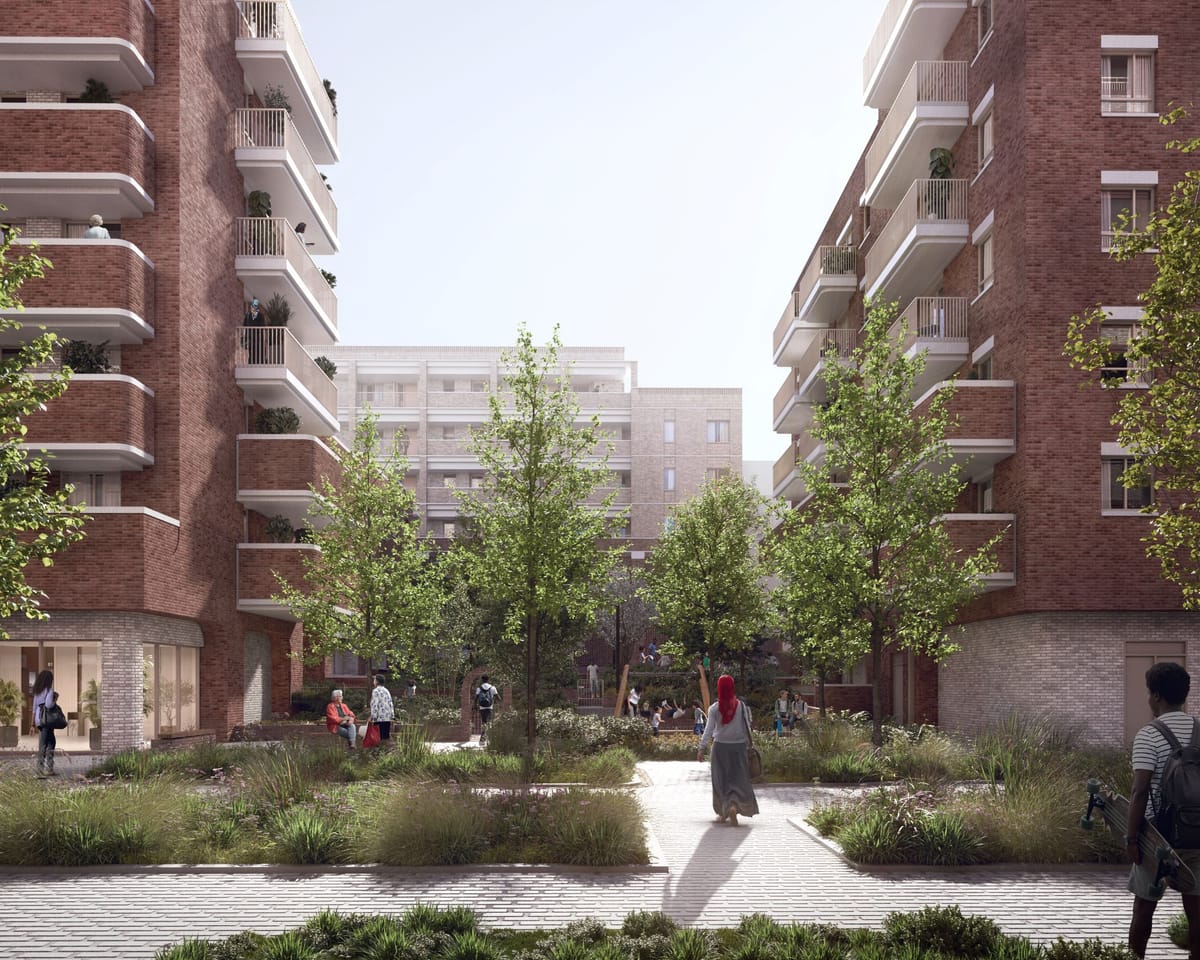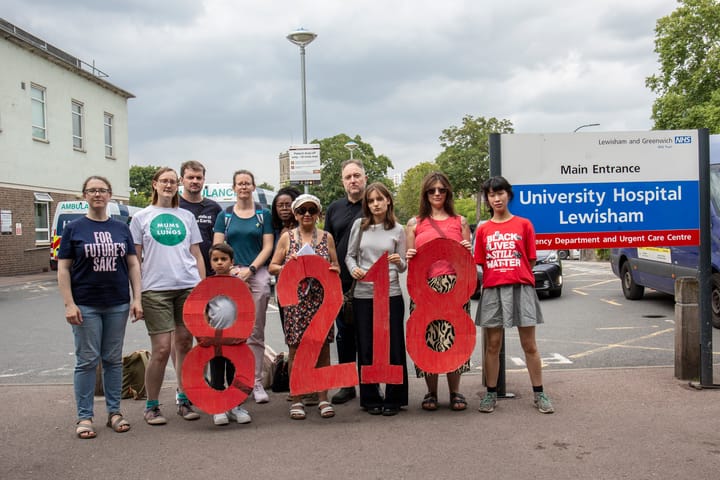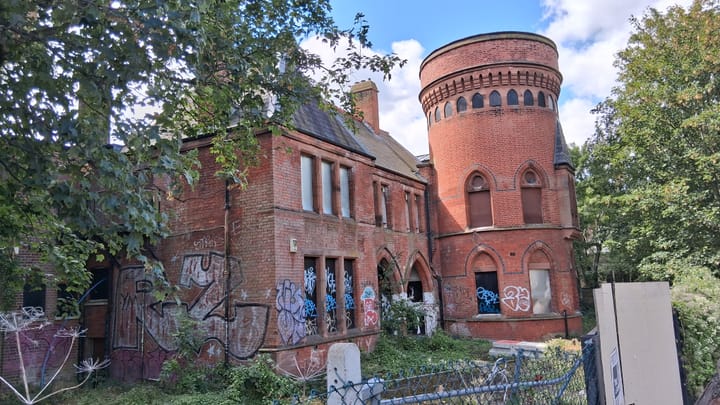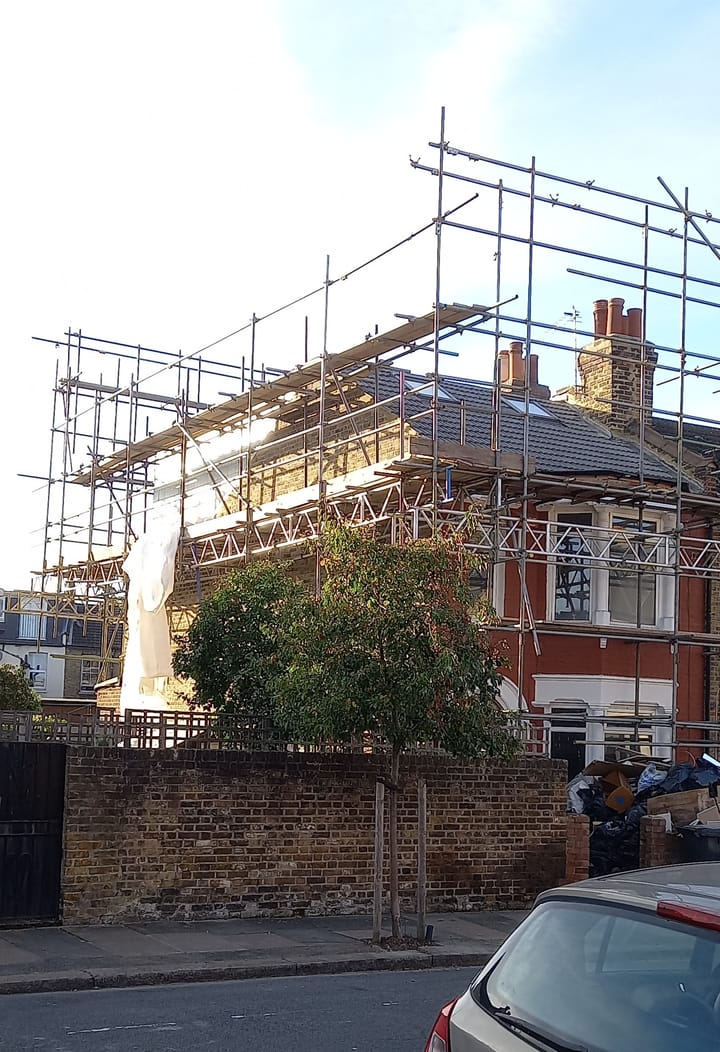Explainer: What is Affordable Housing?
As housing waiting lists soar, councils negotiate with developers for as much affordable housing as they can get. What does "affordable" actually mean?

London has the highest private rents in the UK. But the Greater London Authority (GLA) offers a range of options which aim to support Londoners into renting or part-owning homes.
They include social rent, London affordable rent, London living rent, London shared ownership and student affordable rent. (There are more.)
Three main types of renting or shared ownership are set out in the London Plan:
- Social rent and London affordable rent
These tenancies are for households on low incomes. Rent levels are based on formulas in the government's social housing regulator's guidance.
When homes become available they are allocated in accordance with need, based on each borough’s allocations policy.
Both social rent and London affordable rent are designed to be significantly less than 80% of market rents, the maximum for affordable rent permitted by government policy.
Trust for London figures for 2022/3 found social rent at 35% of median private market rent and London affordable rent at 55%.
Rent levels for social rent homes use a capped formula, while London affordable rent homes are capped at benchmark levels published by the GLA.
- London Living Rent (LLR) - a route to affordable home ownership
The aim of LLR is to offers Londoners on average incomes a lower rent than market rent, to support them in saving for a deposit.
The mayor introduced LLR as an "intermediate affordable housing product", with low rents that vary across London depending on the local neighbourhood.
The average rent for a two-bedroom LLR home for 2025-26 is around £1,350 per month, around 2/3 of the average market rent in December 2024.
LLR is termed a "Rent to Buy" product, offering lower than market rents on time-limited tenancies.
Tenants are given the option to buy their home on a shared ownership basis.
- London Shared Ownership
This is an "intermediate ownership product" which allows London households who would struggle to buy on the open market, to purchase a share in a new home and pay a low rent on the remaining, unsold, share.
Developers or housing associations can propose other affordable housing products, which are assessed to ensure that they are genuinely affordable.
You can find a range of rental, shared ownership and help to buy homes and check your eligibility on Homes for Londoners.

- Affordable student accommodation
Affordable student accommodation in London is set at 55% of the maximum student maintenance loan for students in London.
The maximum loan is available to students who are studying in London, living away from parents/guardians and have a parent/guardian household income of £25,000 or less.
For academic year 2025/26, the maximum maintenance loan is £13,762. But the majority of students receive less maintenance loan than this and most students are working as well as studying to pay rent.
The current ASA rent cap for 2025/26 is £7,569 or £863 per month (for a 38 week year) making even "affordable" student accommodation out of reach for many students.
Lewisham's target - 50% genuinely affordable homes
Lewisham Local plan, policy HO3 has set out a strategic target for 50% of all new homes delivered in the borough to be genuinely affordable.
It defines this as either social rent levels or the GLA's London affordable rent level (option 1. above) adding:
"All other housing products below market levels, whether for sale or rent, are defined as intermediate housing and should not be conflated with genuinely affordable housing."
With thanks to our planning expert Ilinca Diaconescu for advice.
Sign-up for our free weekly newsletter - Salamander News in your inbox



